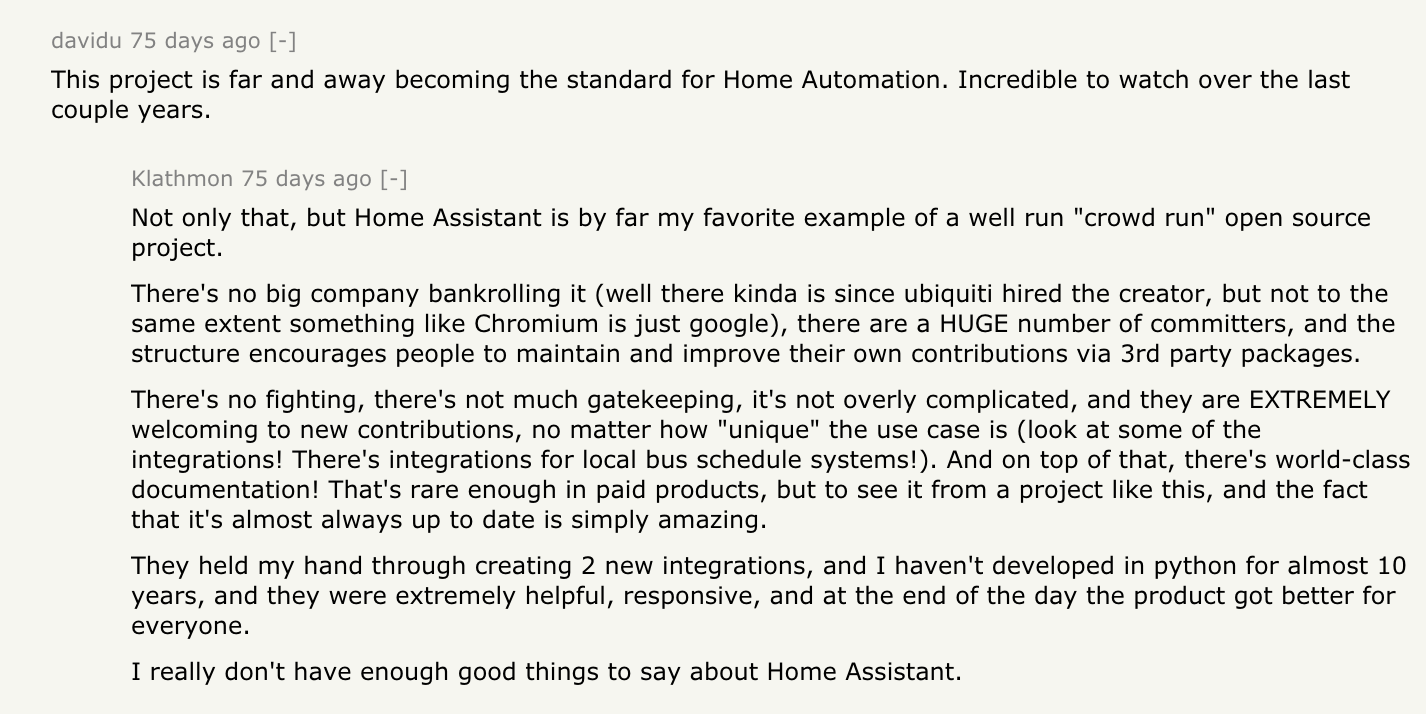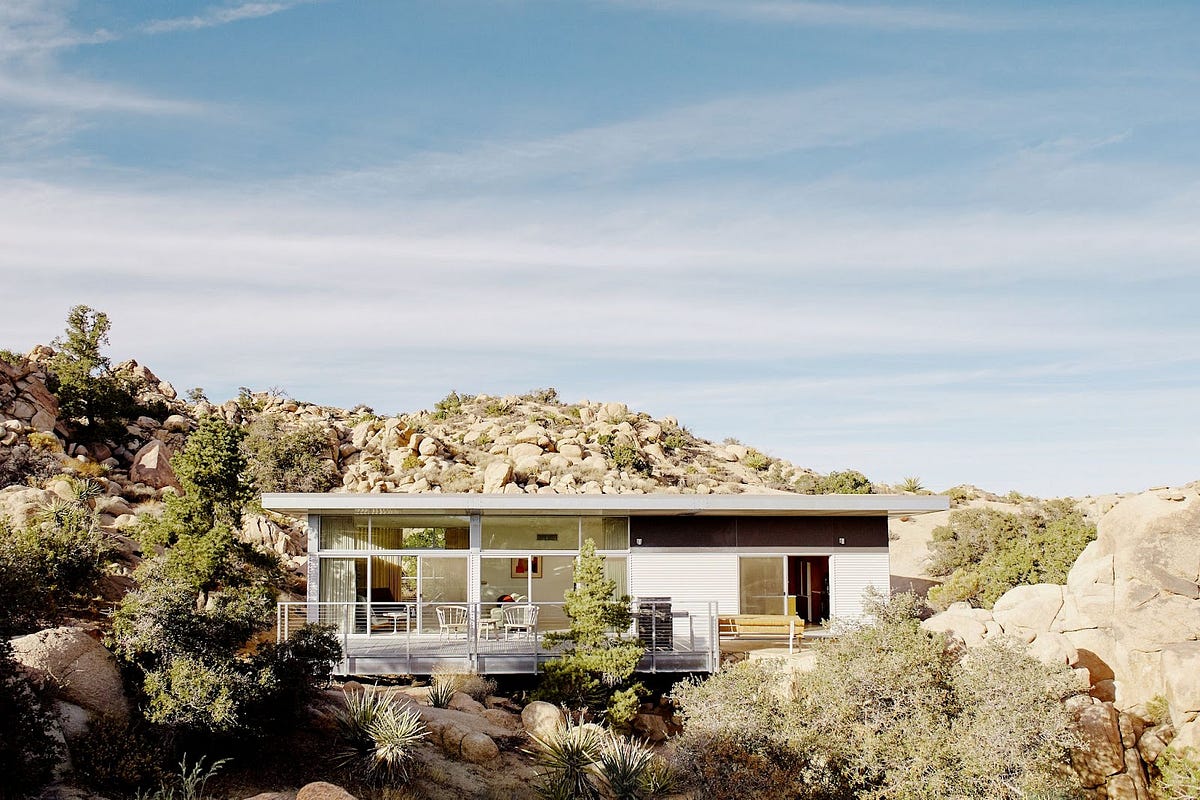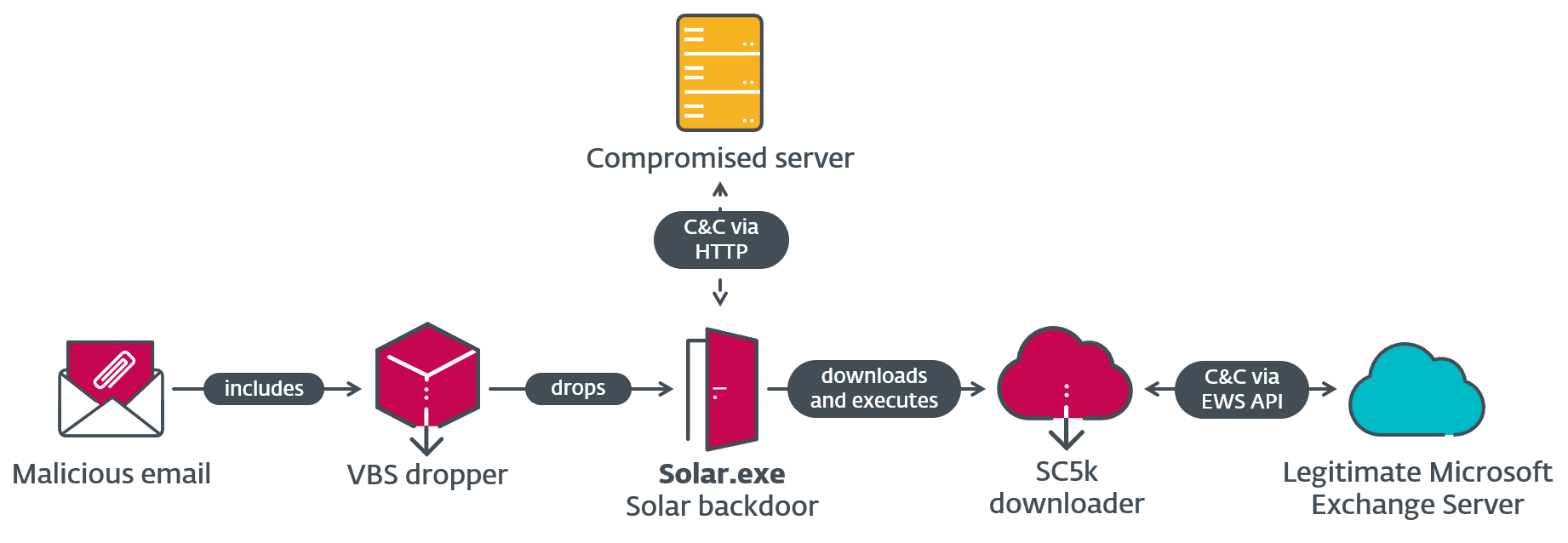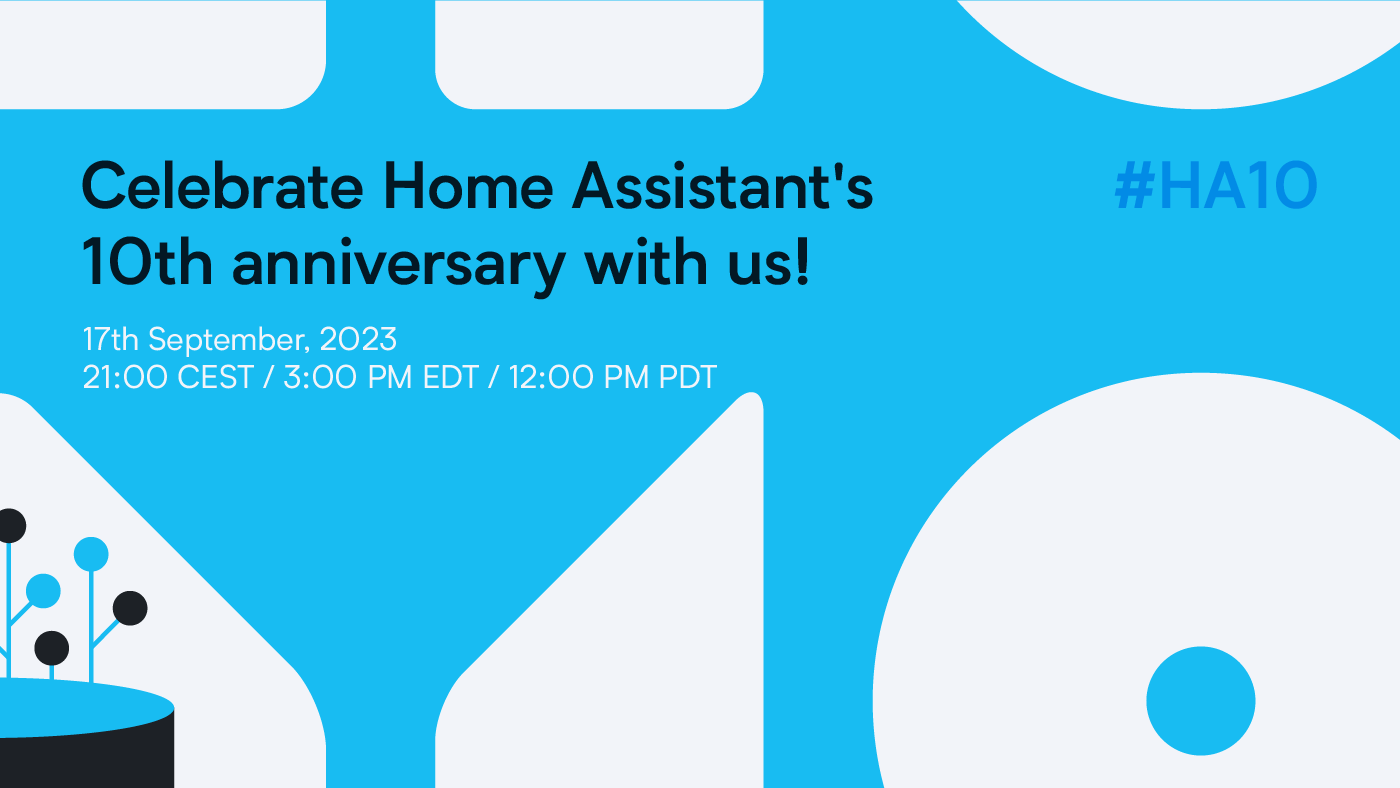
TL; DR:
- Dwelling Assistant is 10 years outdated and the second most lively open supply challenge on GitHub.
- Nabu Casa is 5 years outdated. There are not any buyers and improvement of Dwelling Assistant is sustainable.
- Dwelling Assistant Cloud now helps customized domains for distant connections.
- The Open Dwelling imaginative and prescient is up to date and is now about privateness, selection and sustainability.
- The Dwelling Assistant brand has been streamlined and refined, but stays acquainted. Be taught extra right here.
- Dwelling Assistant Inexperienced is a brand new $99 hub and the simplest option to get began for individuals new to the Dwelling Assistant ecosystem. Be taught extra right here.
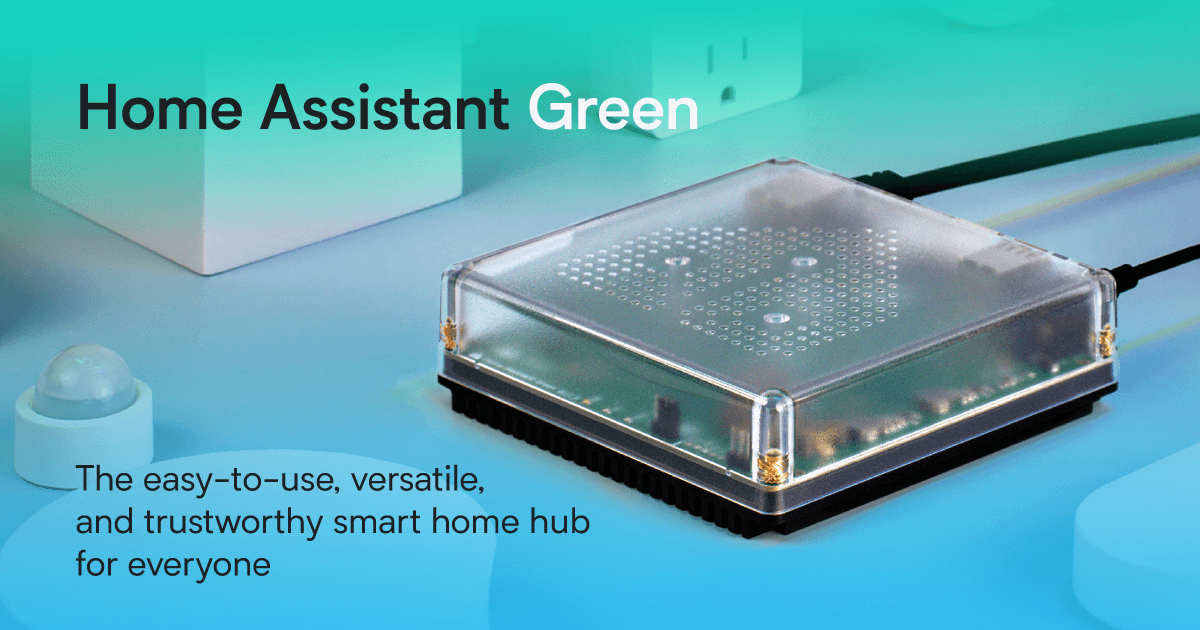
It’s 2012 and I used to be a visiting scholar on the College of California, San Diego engaged on ending my Grasp thesis. It’s again then when the primary Philips Hue product hit the market: a hub and three mild bulbs for round $200. The hub had one thing that will change my life: it had an area API that allowed native management.
I’ve all the time been actually into programming and so I instantly began toying with the Hue API in Python, my language of selection. There’s something very satisfying about making issues change in the actual world out of your code. On September 17, 2013 I made a decision that this playground had developed into one thing that others may use too, and pushed the primary model of Dwelling Assistant to GitHub.
I wasn’t planning on altering the world. It was a playground, a spot the place I may use the newest know-how and discover all the probabilities with Python. However little by little Dwelling Assistant gained traction, extra contributors joined and we slowly began to construct a neighborhood.
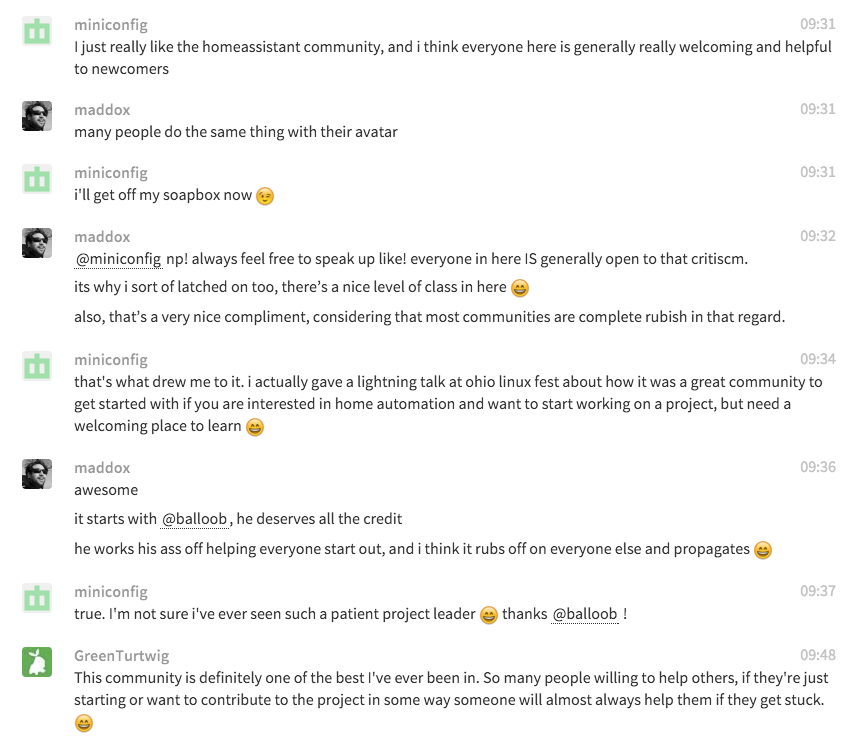
Dwelling Assistant channel on Gitter, December 3, 2015
Constructing a neighborhood is tough and the early years are a very powerful, it’s when the inspiration is ready and adjusting its course later may be very arduous. Fortunately we’ve had an excellent group of individuals each engaged on the code in addition to serving to individuals clear up their issues utilizing Dwelling Assistant.
The Improvement Beat
There are many things that have led to our success: our architecture, the quality of the documentation and an amazing community willing to help one another. But the one thing underlying the success of all of these has been our frequent release schedule. It creates a rhythm that synchronizes the community in publishing their work.
We used to do a release every two weeks and it set the schedule for everything else. Every two weeks we had to make sure the contributions that were almost done got finished, the documentation was updated and extensive release notes were written. Every release is an opportunity for users to try out new features and provide feedback, feedback we could incorporate and let them try again two weeks later. Our schedule got adopted across our community, and every project started to do a release every two weeks, like for example the Home Assistant Podcast.
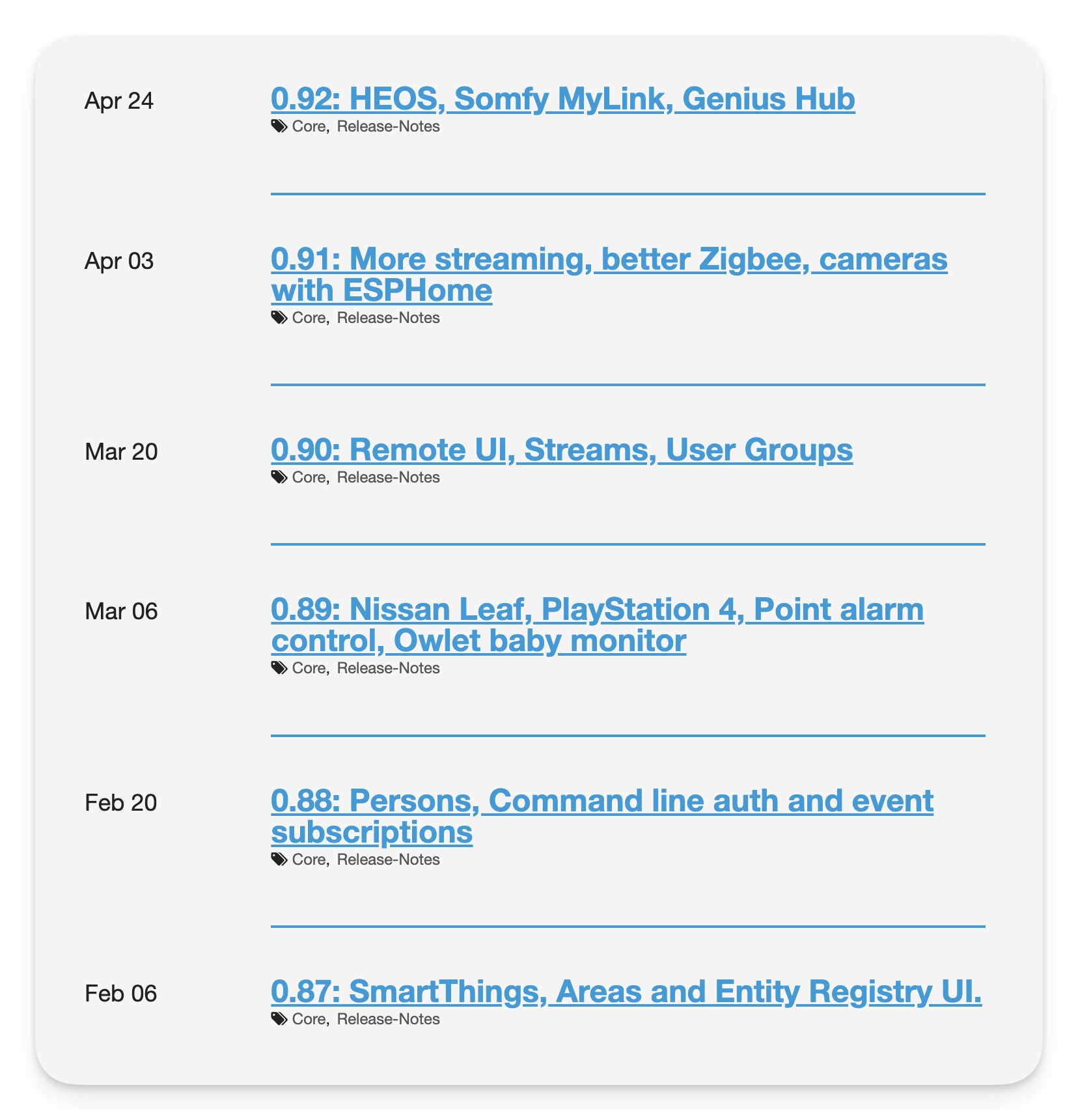
In the beginning of 2019, we nonetheless did a launch each 2 weeks
The draw back of a two week schedule is that the builders and neighborhood burned themselves out. Each launch finishes in a small dash to wrap issues up, after which a interval of fast turnaround for inevitable bugs that popped up. We had been sprinting whereas we needed to run a marathon; it wasn’t sustainable. We determined to maneuver it to a month-to-month launch and adopted date-based model numbers in Dwelling Assistant 2022.12.
Nonetheless, even with 12 releases per yr there isn’t any different good house platform that evolves as quick as Dwelling Assistant. Each month many new options arrive to permit customers to get much more out of their good house.
The Working System
The unique viewers of Dwelling Assistant was die-hard tech nerds. You needed to set up Python, Dwelling Assistant and all of its dependencies manually. When Pascal Vizeli introduced the Home Assistant Operating System (then called hass.io) the first step was made to bring Home Assistant to non-technical users. Now users could install Home Assistant on an SD card, put it into a Raspberry Pi and have a fully working home automation hub that can update via the user interface. Users could fully focus on automating their home.
Thinking Big
When Home Assistant turned five, we launched Nabu Casa. The goal of Nabu Casa is to make the development of Home Assistant sustainable. Nabu Casa came just in time, as it gave our developers some time to breathe. We had to grow to around 10 people before both Pascal and I felt like all our day-to-day tasks could be shared.
Home Assistant is the 2nd most active open source project on GitHub (source). Working a challenge this huge requires loads of administration, processes, construction and upkeep. That is supplied by full-time Nabu Casa staff in order that contributors can deal with the enjoyable half: constructing Dwelling Assistant.
Nabu Casa affords a service known as Home Assistant Cloud. It’s a cloud extension on your native Dwelling Assistant occasion that permits you to entry it remotely by way of an end-to-end encrypted connection, use cutting-edge text-to-speech system for notifications and combine with voice assistants.
In the present day we’re launching an usually requested function for Dwelling Assistant Cloud: assist for customized domains. Check out the docs on how to get started.
The Open Home
While building Home Assistant, we realized that our focus was too narrow. We can make the most epic smart home platform (for the record: we do), but if all your devices still communicate via the cloud, you cannot have privacy and local control.
And so the Open Home was born. It is our vision for a smart home that is built around privacy, choice and durability. Today, we’re going to make a small adjustment to this vision, and we’re replacing durability with sustainability. Sustainability includes the previous definition of durability (things need to keep working) but expands it with saving energy. Overall the term needs less explanation.
For the Open Home, sustainability means:
- Ensure durability and longevity of our supported devices to reduce e-waste and eliminate corporate planned obsolesce.
- Upgrade existing devices with smart plugs or other technology.
- Switch to renewable energy sources by supporting solar energy hardware and support for electricity data sources.
- Consume energy meaningfully by providing data-driven insights.
- Reduce reliance on cloud computing data centers. Being local is greener than depending on the cloud.
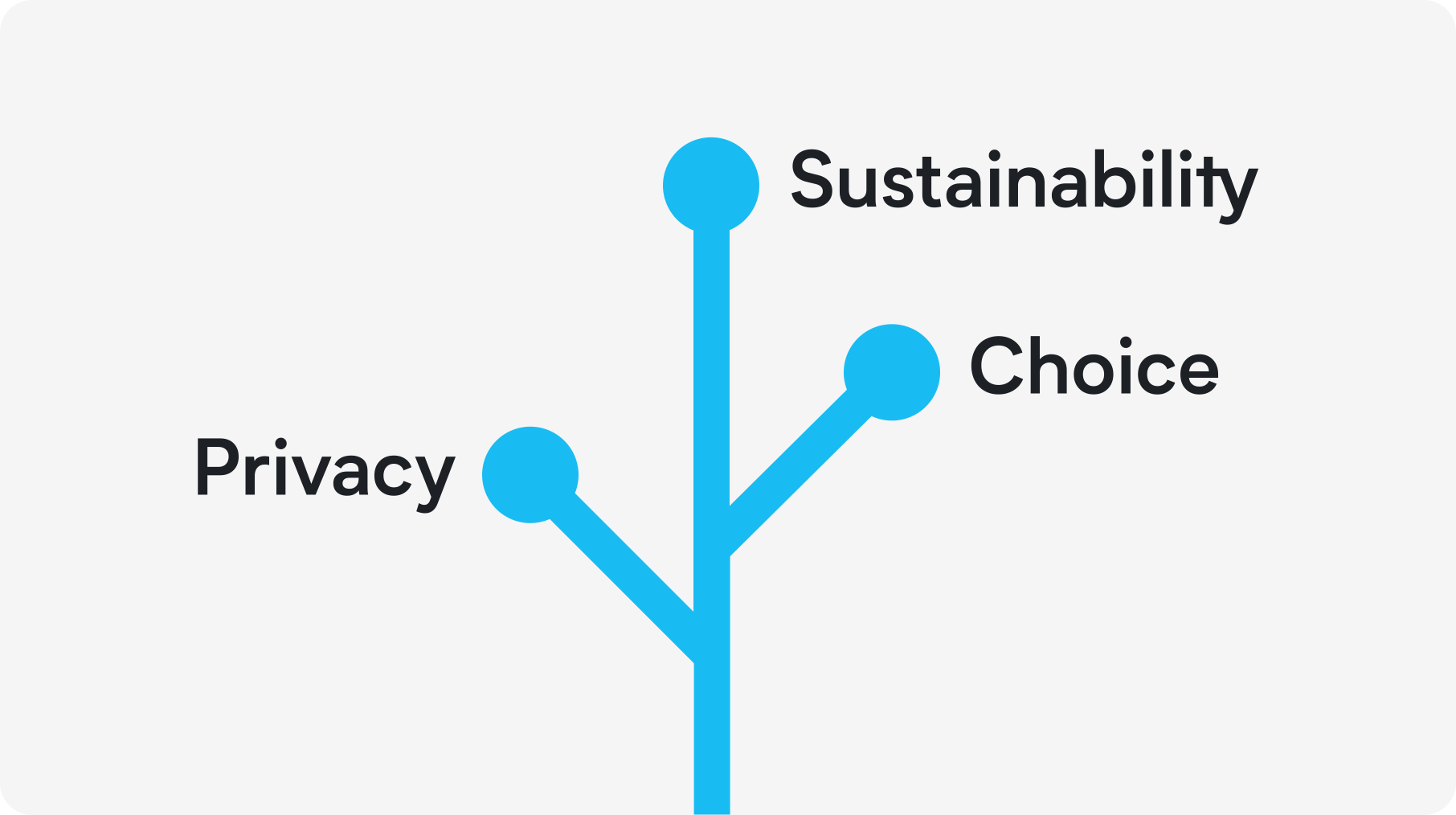
Competing with Big Tech
Home Assistant is not only big in the open source world, we’re also big in the real world. Earlier this year the Verge named us among the many 5 large good house platforms amongst Apple, Amazon, Google and Samsung.
We aren’t afraid that our competitors will take away our viewers. None of them run totally native and none enable customers to entry their very own knowledge outdoors of their very own apps. Because of this none of these platforms have the core values to ever develop into the inspiration of the house of the longer term. With open supply we are going to maintain creating extra worth on our open ecosystem whereas the rivals will proceed to focus to search out locations to monetize their consumer base.
Refreshing the Dwelling Assistant brand
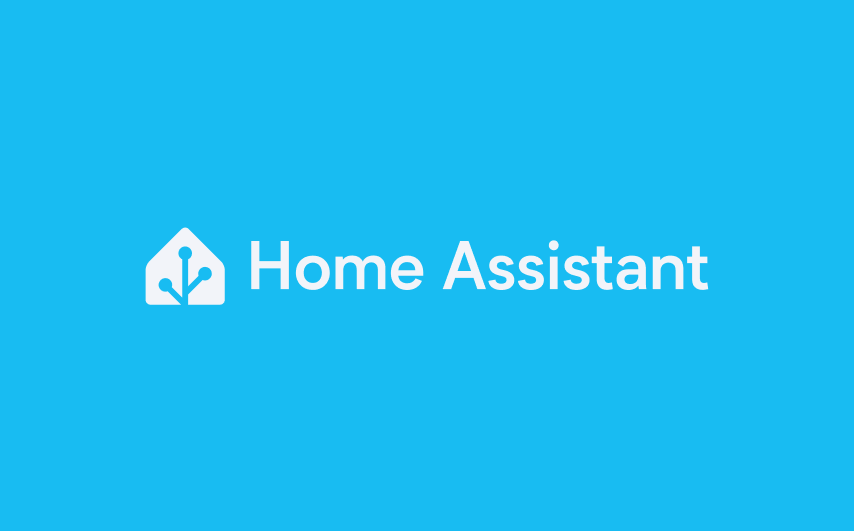
The brand new Dwelling Assistant brand. Designed by Madelena Mak.
In the present day we’re introducing a refreshed and refined brand for Dwelling Assistant that feels acquainted. We will probably be rolling it out within the subsequent couple of weeks. Be taught extra concerning the new Dwelling Assistant brand.
Share the love
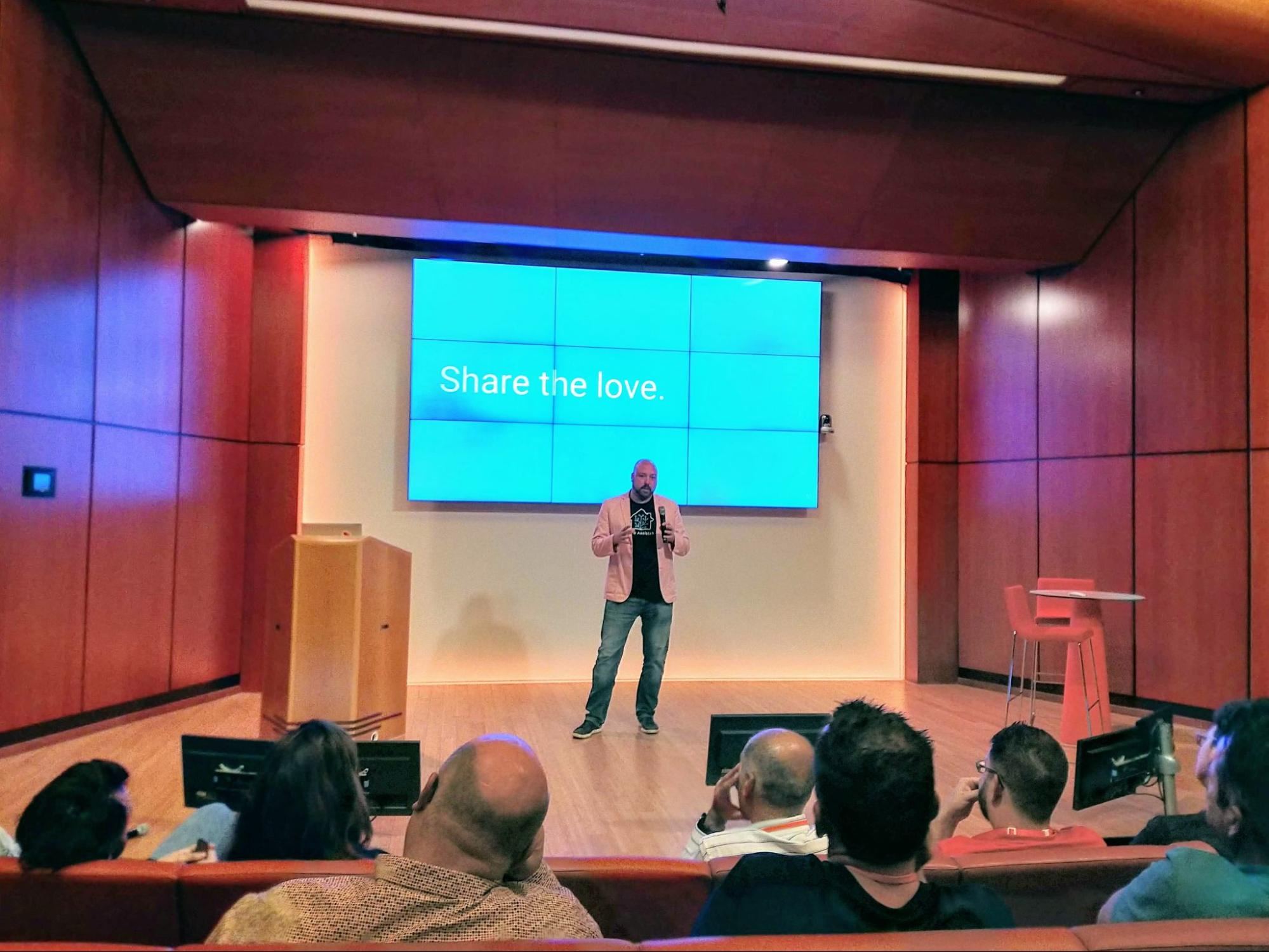
Paulus Schoutsen, State of the Union, 2018
Dwelling Assistant is made by those who love house automation and need to make the perfect platform. It’s a product of affection and you’re feeling that as quickly as you open the app. It runs totally native and nothing is hidden behind paywalls or held again for future monetization alternatives. Dwelling Assistant is your platform and you should utilize it, and your knowledge, the best way you need.
Traditionally, it has been tough to get began with Dwelling Assistant since you needed to deliver your individual {hardware}; a Raspberry Pi or related. We’ve solved this by introducing Dwelling Assistant Yellow, our personal good house hub powered by Dwelling Assistant. The Dwelling Assistant Yellow is the facility consumer dream. It’s powered by a Raspberry Pi Compute Module 4, contains Zigbee and Thread, and might be prolonged utilizing an SSD.
For the reason that launch of the Dwelling Assistant Yellow the worth of parts, together with the Compute Module 4, have elevated considerably. This induced the Dwelling Assistant Yellow to develop into costlier and not an excellent match for customers who’re simply beginning out with Dwelling Assistant.
In the present day we’re introducing an inexpensive means for brand spanking new customers to begin their good house with Dwelling Assistant: the Dwelling Assistant Inexperienced – and it prices solely $99 (MSRP). Be taught extra about Dwelling Assistant Inexperienced.

Thank You! 🙏
A giant thanks for all of the individuals who have contributed to Dwelling Assistant and its neighborhood during the last 10 years. Code, bug reviews, serving to others determining issues or moderating our neighborhood: thanks a lot. This wouldn’t have been potential with out you.

